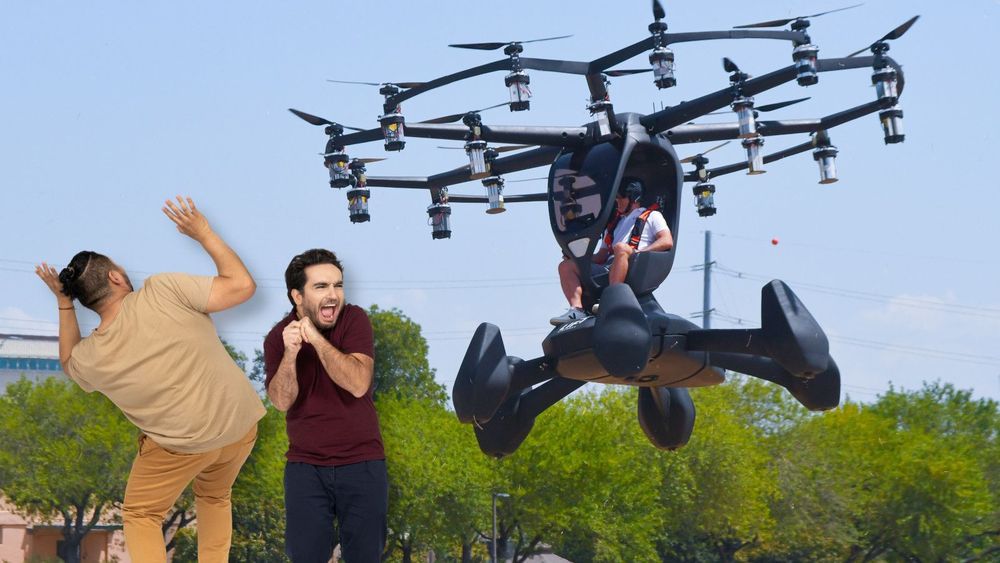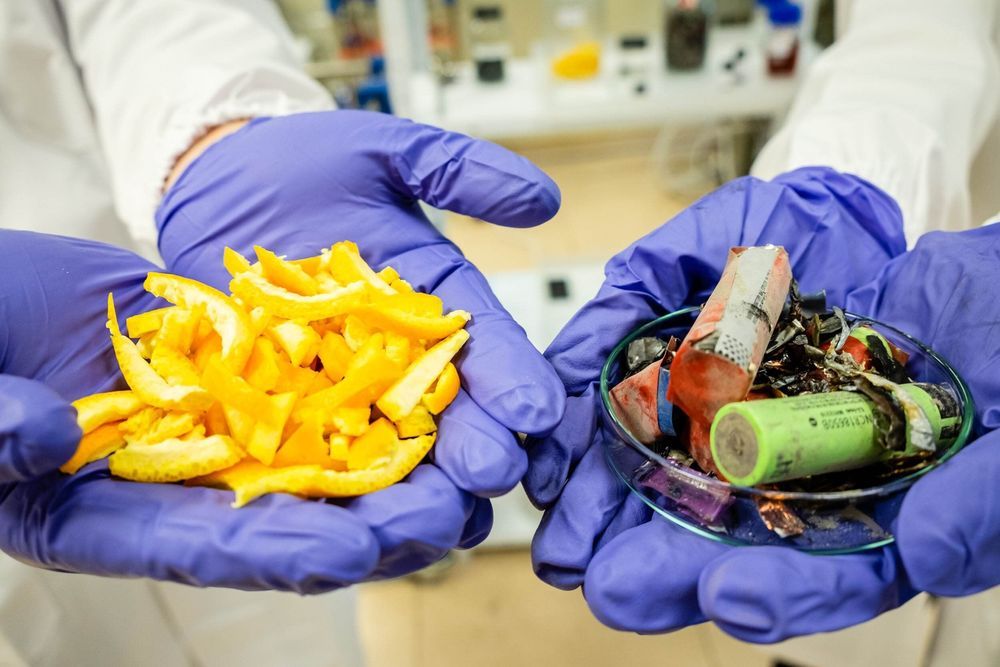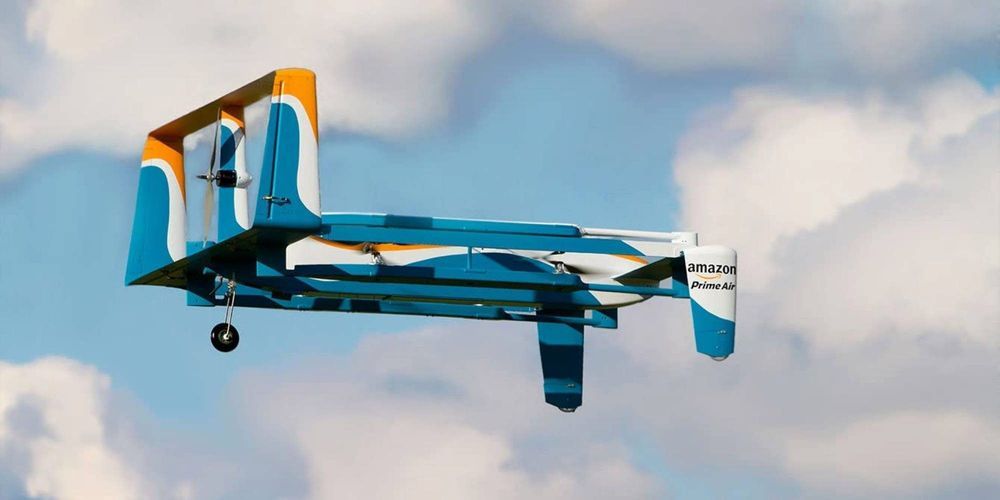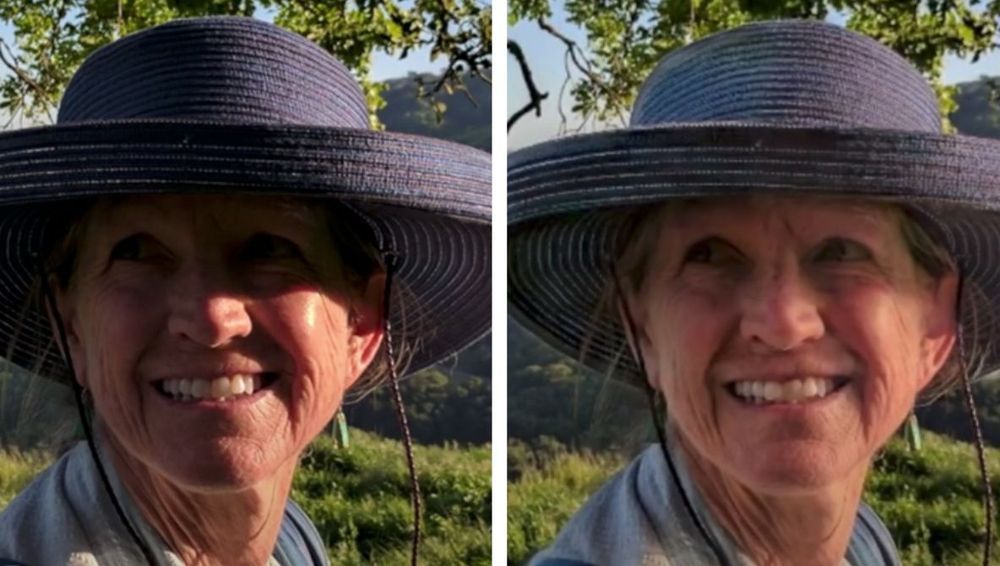Basically it behaves like a bioweapon as it has a spread that has encompassed the earth.
US intelligence officials are probing the possibility that America’s enemies might use the coronavirus as a bioweapon, according to an alarming report.
The Department of Defense is monitoring for the potential of the virus to be weaponized, possibly against prominent, high-level targets, three people close to the matter told Politico.
A Pentagon spokesman, Lt. Col. Mike Andrews, declined to comment on whether Department of Defense officials were analyzing COVID-19 weaponization, but said its Chemical and Biological Defense program continues to support federal coronavirus countermeasures such as testing, vaccines and screening machines.









